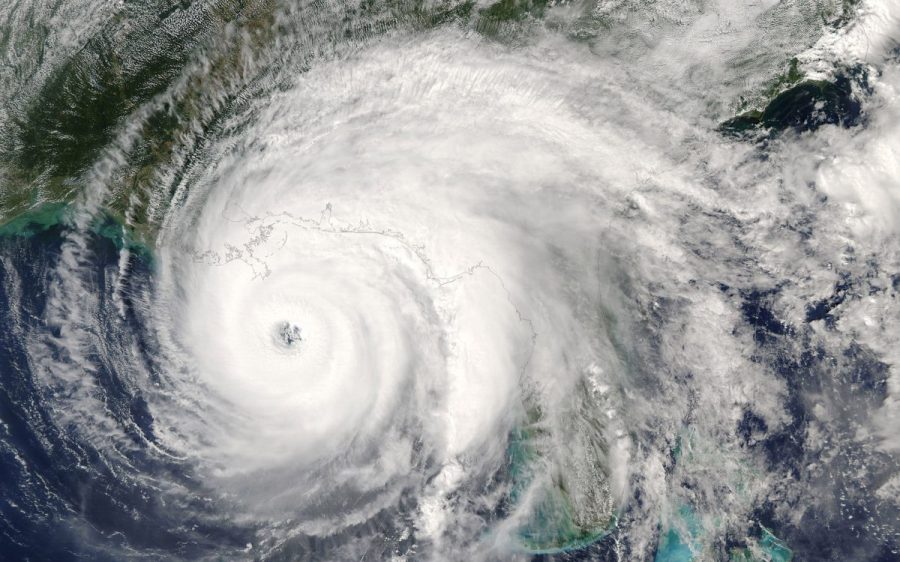HONOLULU (KHON2) — Top emergency management officials said with this hurricane season, extra attention is on even more threats than before.
Risks such as fire fueled by storm-strength winds, and the higher likelihood of power loss due to new fire-prevention plans, have added even more layers to what it means to be hurricane-ready in Hawaii.
Long after Hurricane Hone had passed Hawaii island, and shelters meant to protect from wind, rain and flooding had closed, Hawaii County announced the re-opening of two shelters in parks for one specific reason: power.
KHON2 asked James Barros, administrator of the Hawaii Emergency Management Agency, about the elevated attention to power outages.
Whether caused by storms, generation shortages or HECO’s new public safety power shutoff program — which was on alert for possible activation during hone’s passage near the island chain – the potential for outages abounds.
“What does that mean for those communities that will be impacted? Medical facilities in the area, dialysis? And if it’s a red flag, we’re probably in very humid, dry conditions the heat, so where do we go for cooling stations?” Barros said, adding that there are bigger-picture power problems still to tackle that could have islandwide implications in a long shutdown.
“One of the big things would be an extended period power shutdown that impacts the Board of Water Supply and their ability to pump water to our communities,” Barros said.
KHON2 asked, what would HIEMA do right now? Do we have enough generators and backup power?
“We do, and we would be looking at our federal partners for assistance during an extended power shutdown,” Barros said.
Another threat that has jumped to the forefront in storm season: fire associated with storm-strength winds even when they pass far away. It happened with major Hurricane Lane in August 2018 whipping fires up on Maui, and again with Hurricane Dora last year which passed far from the islands but contributed to the winds that fueled the deadly Aug. 8, 2023, Lahaina fire.
“This year we have more technology available to us to watch for fires, the N5 sensors, the additional weather stations that are out there, really connected to HECO,” Barros said, “and when we get into weather conditions, HECO stands up their team, and we have that conversation early.”
Besides elevating risks like power and fire on the matrix, emergency managers are also opening up more options for the aftermath of disaster, including housing.
“Through FEMA, they want to lean forward and say, here are some solutions,” Barros said of a meeting held last week. “So we looked through this whole list of different kind of temporary housing, container housing, they even showed us 3D-printing housing.”
All these new elements aren’t meant to detract from the basics and what everyone should do, like keeping your family and business self-sufficient and having a 14-day supply of essentials on hand, especially at the height of hurricane season right now.
“September is kind of the height of it,” Barros said. “The warmer, wet water is closer to us. So I’m more worried towards the end of hurricane season than I am at the beginning.”
